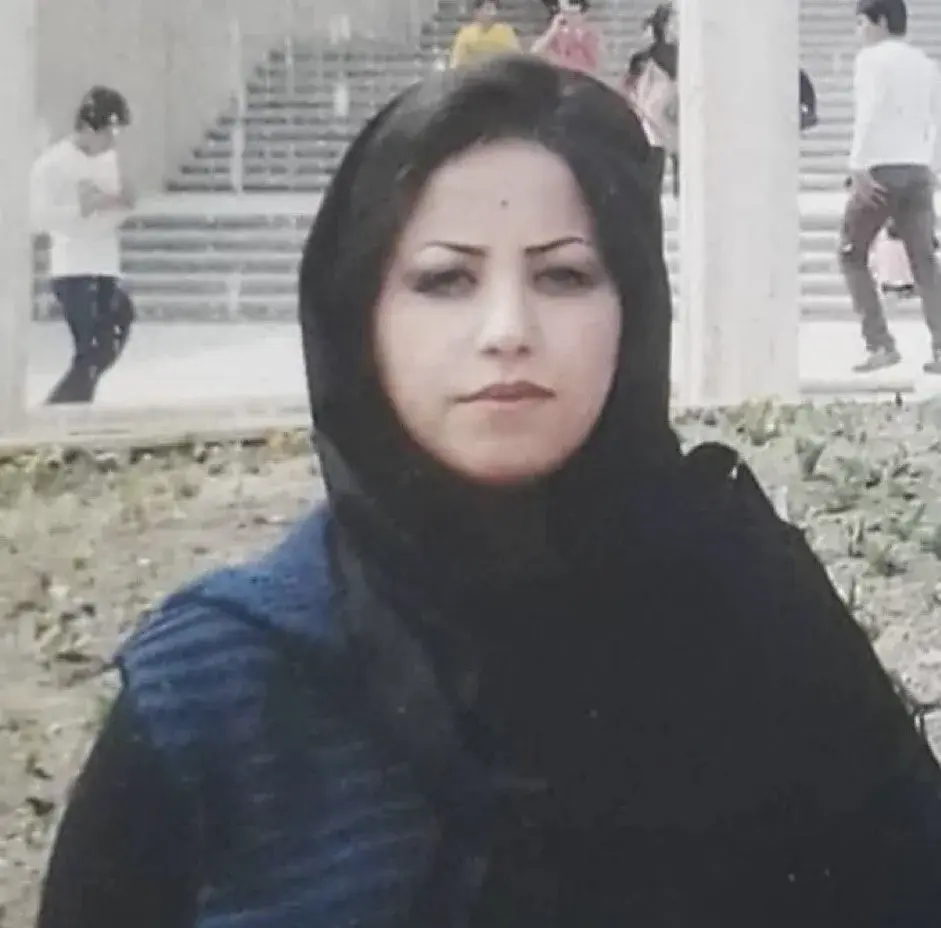Samira was a child bride married at 15 and a victim of domestic violence. She had two young children, one a new-born baby, when she was arrested and had not seen her children in ten years. She saw them for the first and last time when they came to the prison to say goodbye.
At the time of writing, her execution has not been reported by domestic media or officials in Iran.
Rights group calls for Ali Khamenei and other leaders of the Islamic Republic to be held accountable for this crime.



Yes, linking the religious leadership of the inherently strongly hierarchical belief systems with these belief systems sounds very reasonable to me.
I have an impression we agree on the reasoning, just not on the details and the conclusions from these details. At this point we’re arguing the semantics of whether the religious people rejecting their religious leadership still belong to the same religion or rather they invented their own religion distinct from the original one. In other words, whether the leadership is an inherent part of their religion.
Do I have that right that apart from the above we’re pretty much on the same page?
I think the trouble with the conclusion you’re drawing is that it enables one to make sweeping statements about Muslims on the whole while maintaining plausible deniability in claiming that they’re only referring to “the bad ones.” In other words, sort of an inverse “No True Scotsman” fallacy.
Furthermore, I would wager that most people you’re referring to as “ex-Muslim” would still very much consider themselves to be Muslim, and even though you’re explicitly not addressing them in your claims, it’s not a huge leap that someone acting in worse faith would use your rationale as an excuse to generalize the entire demographic (including the so-called “ex-Muslims”).